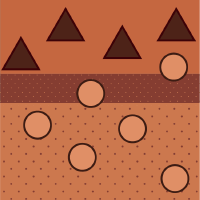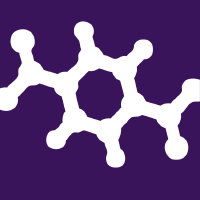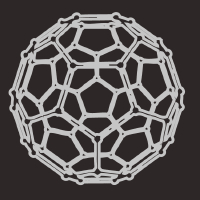Topic Menu
► Topic MenuTopic Editors




Towards Energy-Positive and Carbon-Neutral Technology for Wastewater Treatment and Reclamation
Topic Information
Dear Colleagues,
In the context of water resource shortages, energy and resource crises and global warming, the wastewater industry is facing unprecedented challenges. There is a pressing need to develop energy-positive and carbon-neutral wastewater treatment and reclamation technologies to meet the many targets of increasingly stringent discharge limits, lower energy consumption and reduce our carbon footprint for future wastewater treatment plants (WWTPs). Moreover, a more comprehensive and sustainable infrastructure needs to be implemented for next-generation wastewater treatment and reclamation, with the aid of functional materials, chemical catalysts, microbiomes, smart control, artificial intelligence, machine learning, etc. Based on the above, we aim to publish the Topic “Towards Energy-Positive and Carbon-Neutral Technology for Wastewater Treatment and Reclamation” in one of MDPI’s journals. Our aim is to provide a platform for researchers to promote recent advances in the science and technology of sustainable wastewater treatment. We welcome high-quality original articles, review articles, short communications and case studies.
Prof. Dr. Xin Zhou
Prof. Dr. Dongqi Wang
Dr. Qiulai He
Dr. Xiaoyuan Zhang
Topic Editors
Keywords
- energy consumption/carbon emission in WWTPs
- innovative biological and advanced treatment technology
- biological nutrient removal and recovery
- wastewater purification and reuse
- optimizing, upgrading and reforming WWTPs
- environmental microbiome
- mathematic simulation
- intelligent control and management
- circular economy
Participating Journals
| Journal Name | Impact Factor | CiteScore | Launched Year | First Decision (median) | APC |
|---|---|---|---|---|---|

Membranes
|
3.6 | 7.9 | 2011 | 17 Days | CHF 2200 |

Polymers
|
4.9 | 9.7 | 2009 | 14 Days | CHF 2700 |

Sustainability
|
3.3 | 7.7 | 2009 | 19.3 Days | CHF 2400 |

Water
|
3.0 | 6.0 | 2009 | 19.1 Days | CHF 2600 |

C
|
2.9 | 3.4 | 2015 | 24.3 Days | CHF 1600 |

Preprints.org is a multidisciplinary platform offering a preprint service designed to facilitate the early sharing of your research. It supports and empowers your research journey from the very beginning.
MDPI Topics is collaborating with Preprints.org and has established a direct connection between MDPI journals and the platform. Authors are encouraged to take advantage of this opportunity by posting their preprints at Preprints.org prior to publication:
- Share your research immediately: disseminate your ideas prior to publication and establish priority for your work.
- Safeguard your intellectual contribution: Protect your ideas with a time-stamped preprint that serves as proof of your research timeline.
- Boost visibility and impact: Increase the reach and influence of your research by making it accessible to a global audience.
- Gain early feedback: Receive valuable input and insights from peers before submitting to a journal.
- Ensure broad indexing: Web of Science (Preprint Citation Index), Google Scholar, Crossref, SHARE, PrePubMed, Scilit and Europe PMC.

